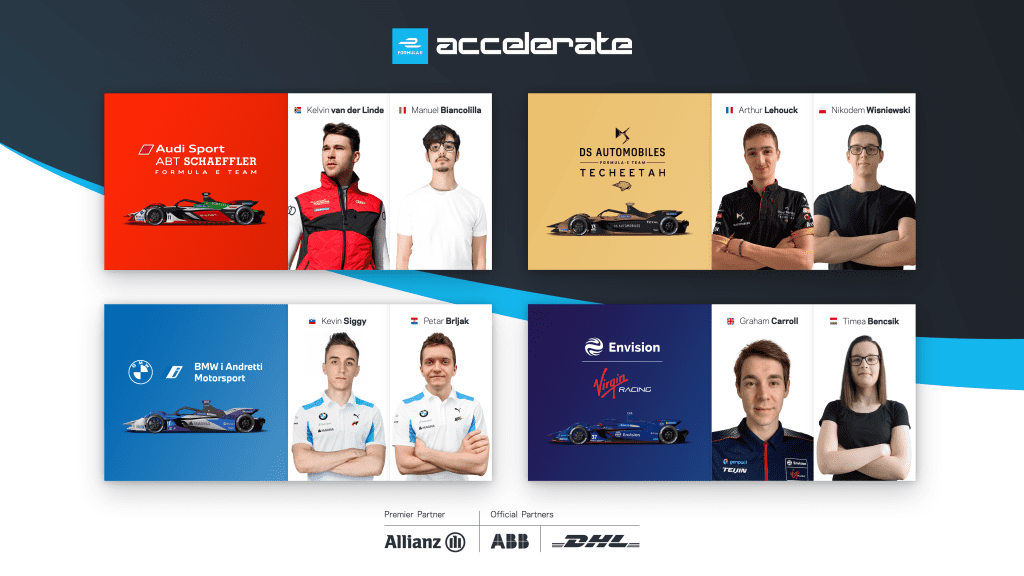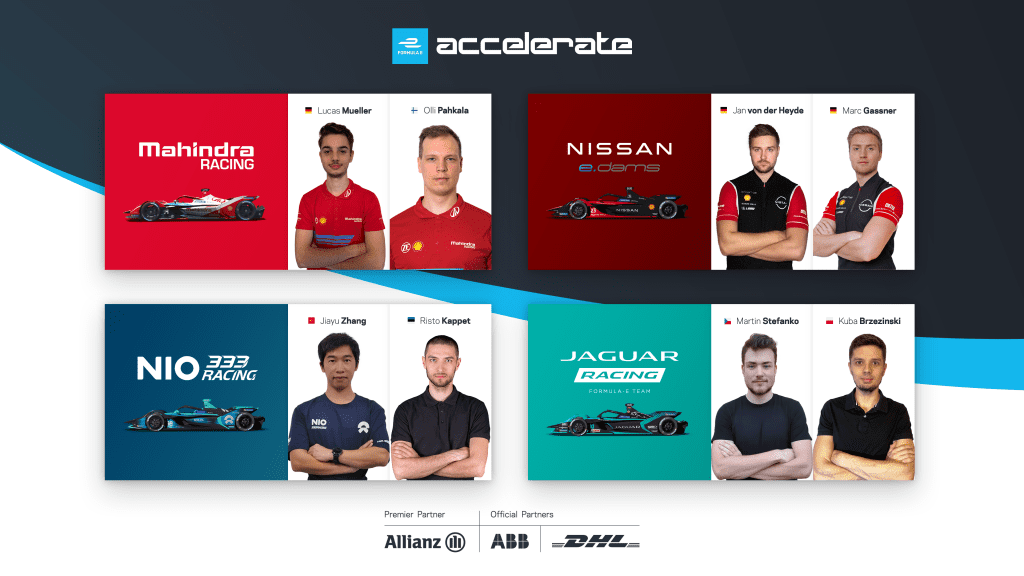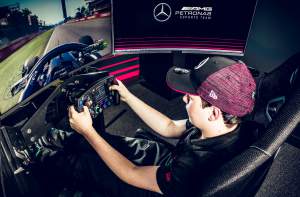Last year, in the wake of the mass cancellation of real-world races, Formula E was one of many motorsport championships to establish a virtual alternative.
In its ‘Race at Home Challenge’, the 2019/20 season’s Formula E drivers raced against one another online while simracers and guest drivers took part in separate ‘Challenge Grid’ races.
Stoffel Vandoorne was the FE drivers’ champion and Kevin Siggy the simracers’ champion, with Siggy winning a real-world test drive in a Gen2 Formula E car.
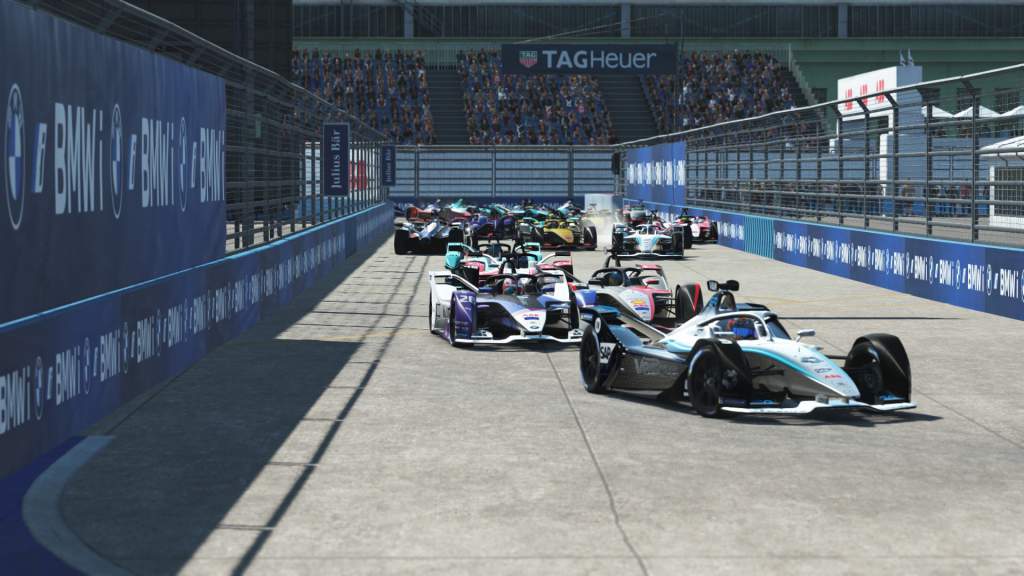
The lack of necessity this year – with FE’s real-world 2021 season still on course for a slightly-delayed start next month – hasn’t stopped what’s now the ABB FIA Formula E world championship from launching a new esports championship, this time called Formula E Accelerate.
Once again it will be run on rFactor 2 and a drive in a Gen2 car is still the prize for the champion, but this time there’s also a €100,000 prize pool.
This season’s real-world Formula E drivers will have their own race in two of the six rounds – which will be filmed during the season-opener in Diriyah next month and broadcast later – but the main focus this time is squarely on the professional simracers.
That will come as a relief to some in the paddock, as overall most Formula E drivers had to be cajoled into taking part in the Race at Home Challenge, with some even telling The Race they felt it didn’t do the championship any favours as a credible competition.
The 2020 series – which used a limited number of real-world venues (Red Hook in New York, Hong Kong and Berlin) plus fictional addition ‘Electric Docks’ – will of course mainly be remembered for the circumstances of Daniel Abt’s sudden and controversial sacking by Audi after he invited a sim racer to secretly his place in one of the rounds.
It undoubtedly did good things for its partner charity UNICEF, and although Siggy has yet to get his real-world Formula E test, that opportunity is a positive too.
But in general the pro drivers’ scepticism about the value of the races fed into a lack of general motivation and in the end a lack of seriousness from many in the field. It was all borne out in several incidents in races.
On the flip-side some did give it there all and are understood to have genuinely enjoyed it but they were very, very much in the minority.
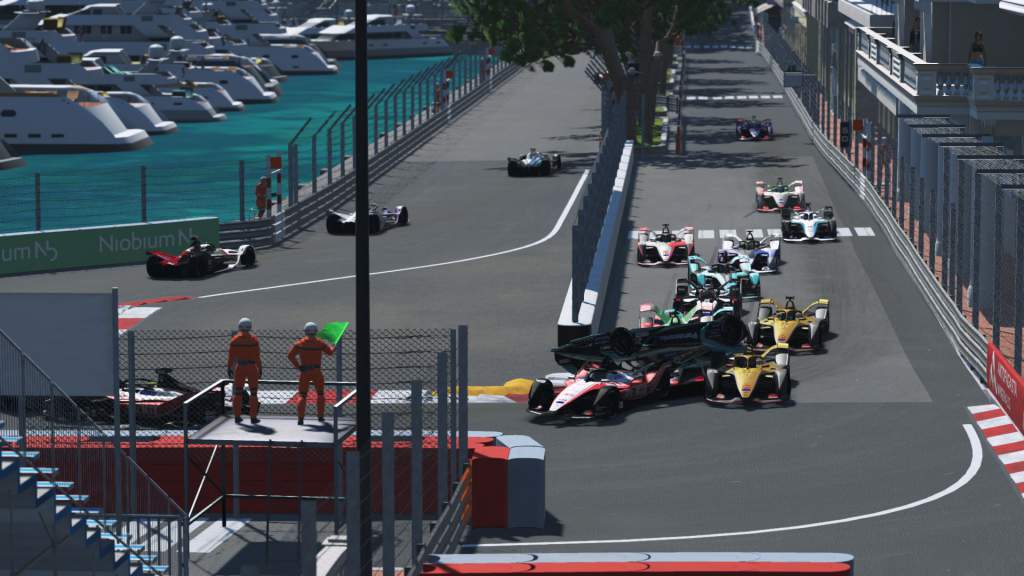
There has already been controversy over how the line-up for the new sim-focused series has been put together, though.
For Race at Home’s simracer series, the top 18 from open qualifiers got a place on the grid. Afterwards they had to constantly re-earn their place in the field by either finishing in the top 10 of the previous race or, if they failed to do that, be in the top eight in the open time trial run a few days before each round.
In each round the remaining six places were given to invited guest drivers including racing drivers from other championships and influencers such as Jimmy Broadbent.
For Accelerate though only three seats were given out via online qualifiers and the remaining 21 drivers will be invited by Formula E.
That distribution of seats has annoyed many of those who tried for hours to earn a place on the grid, including Red Bull Esports’ driver Frederik Rasmussen, who was one of the lucky three.
Its pretty sad that only top3 qualified for formula e, everyone should have a fair chance to make it instead of 99% of the grid getting a free invite, theres probably many who could have qualified infront of people who got a free invite
— Frederik Rasmussen (@G2Frede) January 14, 2021
Rasmussen was the fastest in the hotlap qualifiers with The Race All-Star champion Erhan Jajovski and former AlphaTauri esports driver Manuel Biancolilla completing the top three.
Reigning F1 Esports champion Jarno Opmeer set the second fastest time but later had it invalidated as he touched a wall during the lap, denying the Formula E series a repeat of last year’s F1 Esports showdown between Rasmussen and Opmeer.
Opmeer was demoted down to eighth in the leaderboard, which still would’ve been good enough to get him on the grid by the Race at Home Challenge rules. In the end, he will be competing after all, driving for his new F1 Esports employer Mercedes.
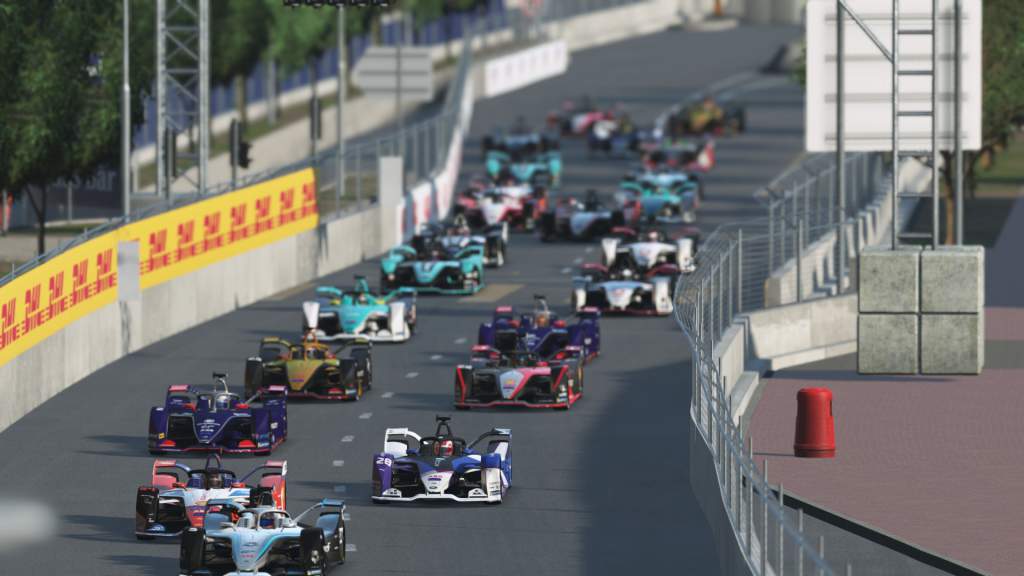
What made the situation so annoying for the simracing community, many of which make a living from taking part in esports competitions, is that everyone who takes part in all eight races is guaranteed to get a share of the €100,000 prize money.
The monetary incentive will likely solve a problem that plagues some simracing championships, ensuring a consistent line-up of drivers from one race to the next, but it’s a kick in the teeth to the many people denied a seat with one of the 12 teams.
In comparison, the Porsche Esports Supercup has 40 drivers who all earned their place in the championship, but totally separate All-Star races have been set up this year for influencers to race among themselves.
The other major changes from the Race at Home Challenge are all aimed around ensuring that the races in Accelerate are more realistic and true to the real-life sport it’s emulating.
Added in a recent update to rFactor 2 were the attack mode and attack zones on the Formula E circuits, which weren’t present last year for the Race at Home Challenge events.
Along with that, energy management will also have to be something the drivers consider during the races.
Studio 397 has also overhauled the car and tyre physics for the 2021 cars, meaning tyre management will also be much more of a factor than it was previously.
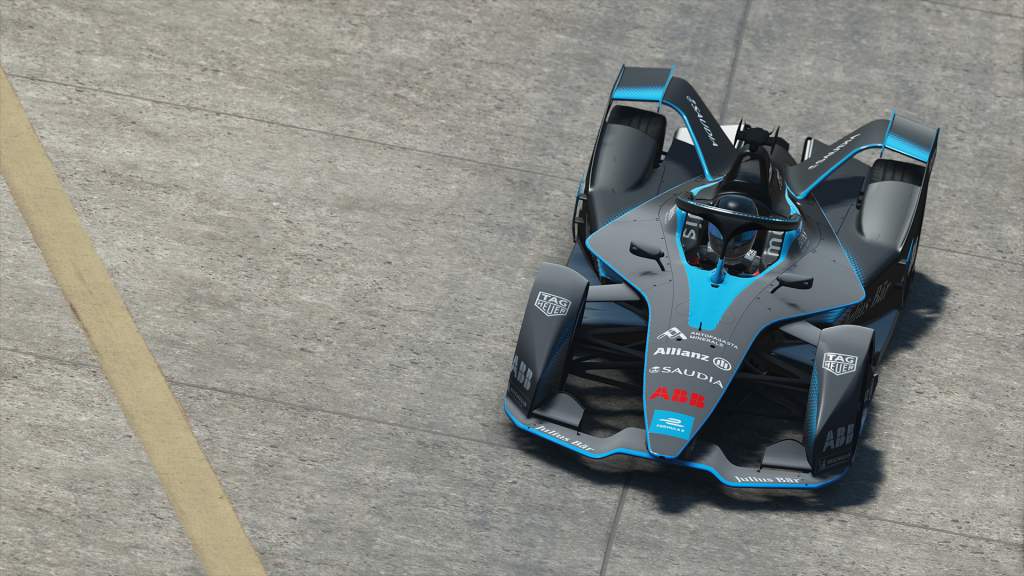
The inclusion of the attack mode unquestionably makes Accelerate more faithful to real-world Formula E racing although that isn’t all that’s needed to make it, from a spectators’ perspective, completely comparable.
A lack of damage sensitivity meant there were multiple instances where contact that would cause major damage in real-world racing ended up having little impact in the virtual races.
That in-built leniency led to a lot of contentious incidents on track, including those involving some of the best performing drivers in the real-world championship.
Championship leaders @PWehrlein and @maxg_official collide! #RaceAtHome
Donate to @UNICEF: https://t.co/9KqVKE9s20 pic.twitter.com/PbTPADkIMT
— ABB FIA Formula E World Championship (@FIAFormulaE) May 23, 2020
Generally speaking, the challenge grid races with the sim drivers were cleaner, as you would expect from some of the most talented drivers on rFactor 2.
The lack of damage was an annoyance for many people watching last year and it’s something that, if Formula E wanted to, could be easily addressed with a setting change.
But at least by switching the focus to simracers rather than a reluctant group of pros, and taking steps to ensure that at least some of real-world Formula E’s unique elements appear in the online series too, Accelerate starts with a good chance to move on from Race at Home’s shortcomings.
Driver line-up
